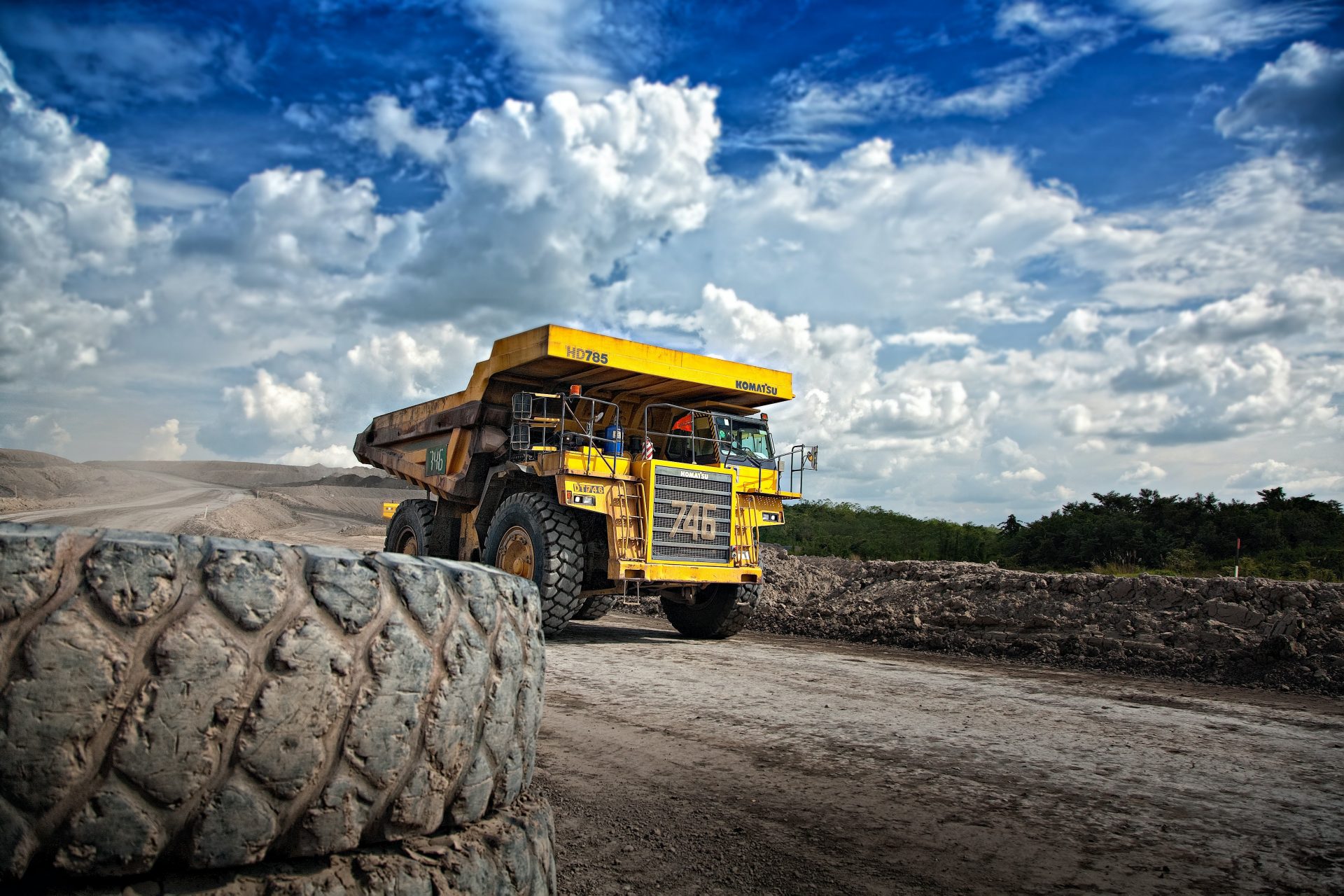Speaking Out For Coal

How the University of Wyoming is changing the commodity’s narrative.
By Scott Quillinan, senior director of research, School of Energy Resources, University of Wyoming
The state of Wyoming is a significant energy producer with its Powder River Basin (PRB) providing more than 40% of the coal produced in the United States. In 2021, the Wyoming coal industry mined roughly 239 million short tons of coal, which was shipped to power plants in 29 states and used in 113 coal-fired electricity generation units.
In 2008, coal production out of the Power River Basin peaked at 496 million short tons. Since then, there has been a decline in coal production, mainly attributed to fuel switching to cost-competitive natural gas.
Coal can be a great resource for the energy industry- it is abundant, relatively inexpensive and, when burned is an excellent source of energy. As a unique geologic material, it has a high carbon content and includes seams in the subsurface, which are laterally extensive, meaning the seams can trap and retain metals like rare earth elements. When coal is burned, the carbon is oxidized into carbon dioxide.
Read the full article from North America Mining Magazine, here.